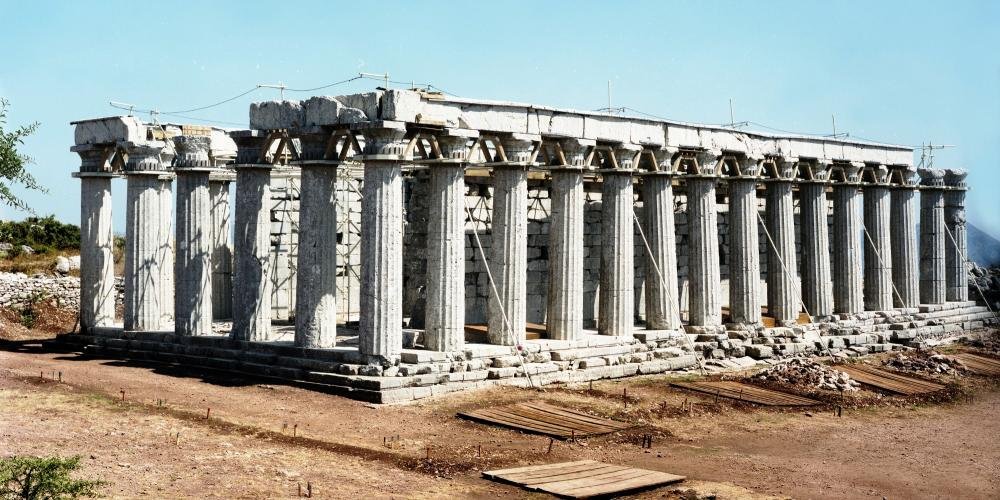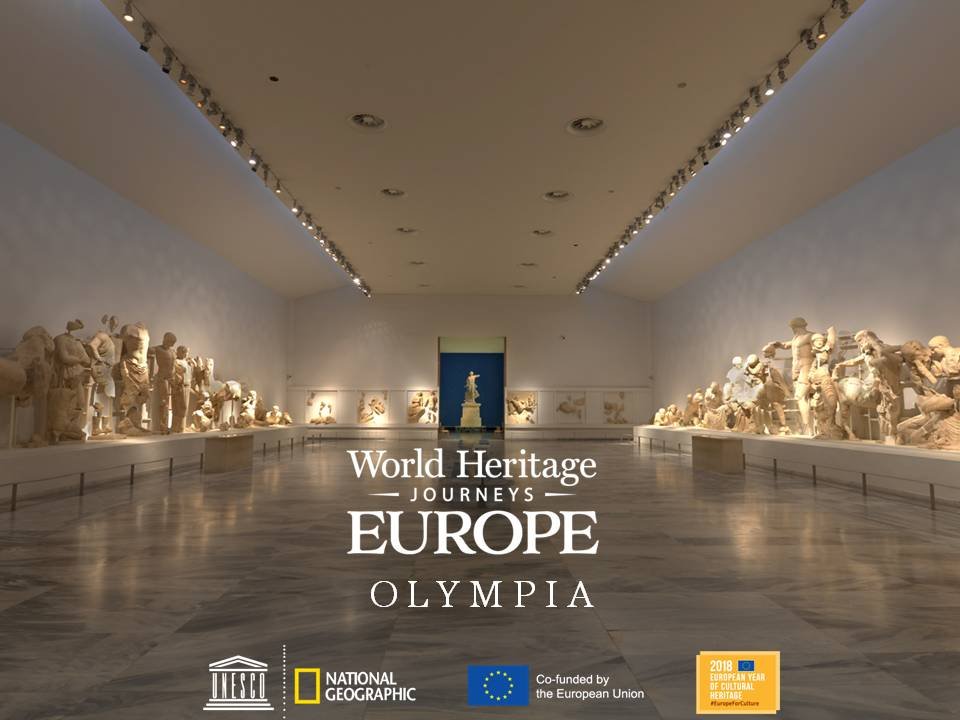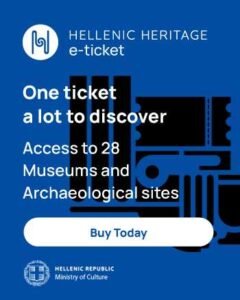Olympia's Archaeological Museum, is one of the most important museums of Greece.
The exhibition also contains great masterpieces from the long history of the Olympic Games’ birthplace, and thousands of years of art.
The exhibits are displayed in chronological and thematic order from Prehistoric down to Roman times.












